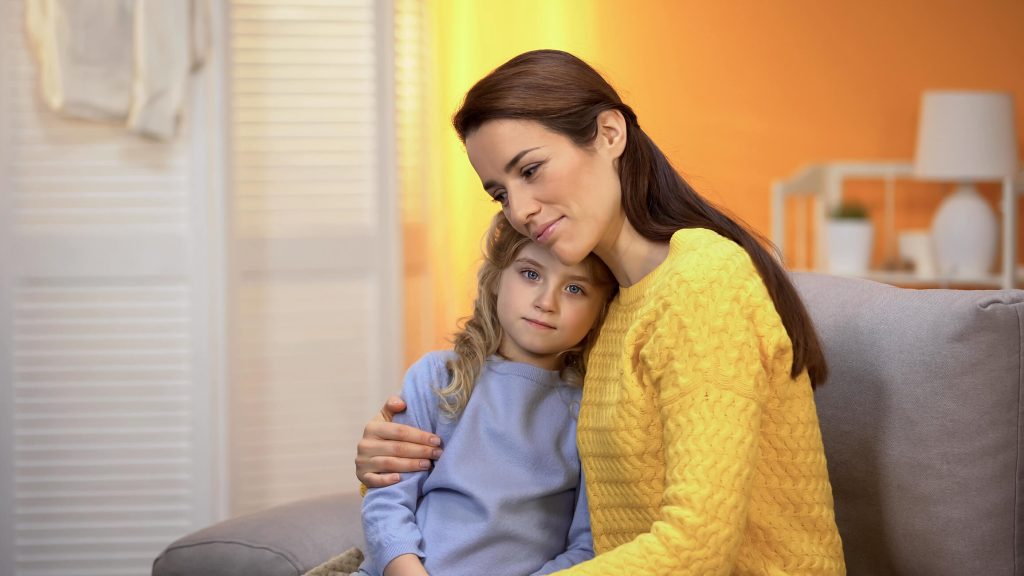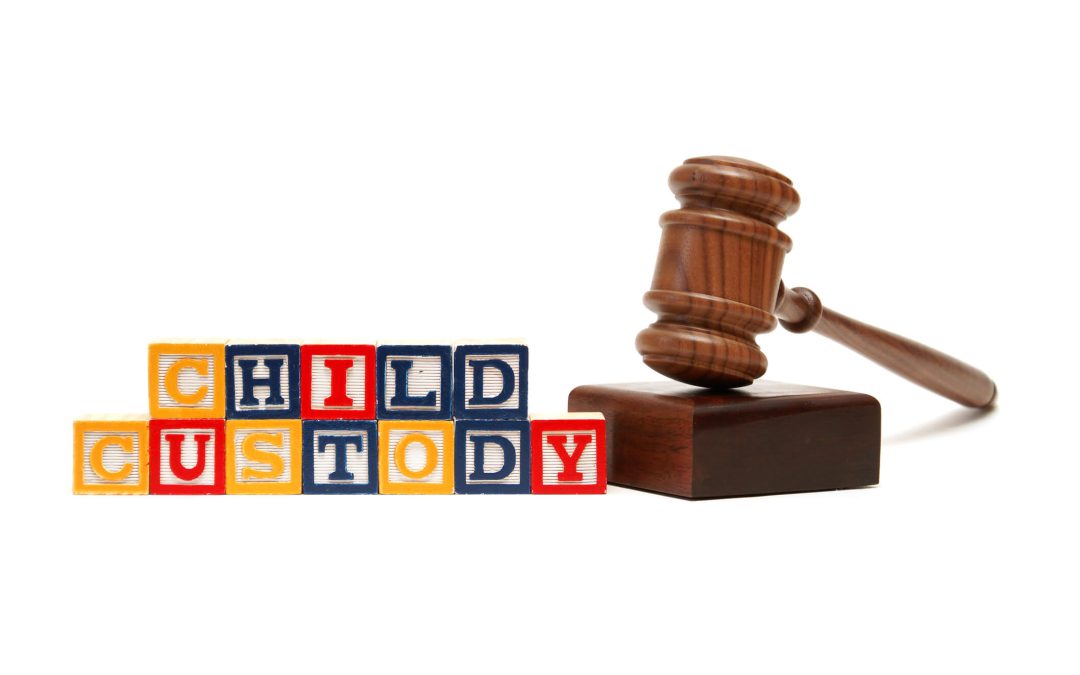Child custody arrangements are a significant part of any divorce or separation process. Parents must consider their child’s well-being when determining custody, and there are often when circumstances change, making it necessary to revisit and modify the original custody arrangement. One of the most common changes parents seek is transitioning from primary to joint custody. Suppose you want to modify a child custody order from primary to joint custody. In that case, it’s essential to understand the legal steps involved, the factors influencing a judge’s decision, and the resources you will need to make your case. This may involve seeking consent from the other parent, filing a motion with the court, and reviewing the current custody agreement to understand the burden of the process. Additionally, consultation with a lawyer is crucial to navigate the options available, the amount of evidence required, and the effect the change will have on your child’s custody arrangement.
In this comprehensive guide, we’ll explore the process of changing primary child custody to joint custody, the factors the court considers in making decisions, and how to navigate the legal system with the help of an experienced lawyer. Whether you’re in Mississippi or any other state, the general process remains similar, though local laws and circumstances may affect the case details. The court will evaluate the options and evidence presented, including documents such as school reports, health records, and other supporting materials. Drug abuse or any concerns regarding the health of the parents may also factor into the decision.
Understanding Child Custody
Before delving into how to change a custody arrangement, it’s essential first to understand the different types of custody arrangements. Child custody refers to the legal and physical care of a child. In a custody case, a parent can be awarded either full (primary) or joint custody. Significant facts must be considered when deciding which custody arrangement is in the best interest of the child, and understanding the difference between these types of custody is crucial.
- Primary Custody: This is when one parent is granted the majority of the physical and legal responsibilities for the child, while the other parent has visitation rights. In this case, the primary custodial parent is the main caregiver responsible for making important decisions regarding the child’s education, health, and welfare. This type of custody is often awarded when one parent is considered the more stable and capable caregiver. However, over time, this arrangement may not reflect how the child’s needs evolve, mainly if the child grows closer to the non-custodial parent or if there is a risk to the child’s well-being, such as a change in the custodial parent’s health.
- Joint Custody: Joint custody is when both parents share the responsibility for the child, and the child spends equal or substantial time with each parent. In joint custody, both parents have a say in the child’s upbringing, including decisions regarding the child’s education, health, welfare, and visitation. In some states, such as North Carolina, joint custody is becoming increasingly common as it is considered to be in the best interest of the child to have both parents actively involved in their lives. However, the court must consider various factors, such as the harm a parent’s actions could cause the child and whether a parent has a significant other who might impact the child. The papers or documents prove that joint custody would be the better option for the child.
When parents initially split, one may be granted primary custody, but circumstances may change. A parent may seek to change the court order to joint custody to ensure both parents remain actively involved in the child’s life. This change could be due to various factors, including the significant involvement of the non-custodial parent, the child’s emotional and developmental needs, and the ability of the parents to cooperate and make joint decisions. Suppose you are considering modifying the custody arrangement. In that case, it’s essential to seek advice from experienced lawyers who can guide you through the steps to take and the papers required to support your case. They will help you understand the risk of pursuing a custody modification and guide you in presenting your case to the courts effectively.

Learn the steps to modify primary child custody to joint custody with Huggins Law Office in Las Vegas, Nevada.
Reasons to Change Custody from Primary to Joint
Several factors may prompt a parent to seek a custody modification, including the belief that joint custody would better serve the child’s best interests. For example, a toddler may benefit from being equally involved, or one parent may be in a better place to provide stability. A move to states like New York, Tennessee, or Texas could also necessitate a change in custody, as the child might benefit from more equal parenting time. Concerns over the child’s welfare and proof that their needs are not being fully met under the current arrangement can also be factors. If both parents are capable and willing to cooperate, joint custody can be a viable option to ensure the child’s emotional and physical well-being.
1. Improved Parent-Child Relationship
Children may form stronger emotional and psychological bonds with both parents as they grow. If the parent with primary custody can no longer provide the level of care the child needs, or if the other parent has developed a more stable and positive environment for the child, the court may consider modifying the custody arrangement to give both parents joint custody. This is especially true in cases involving younger kids or if there has been a significant change in the custodial parent’s ability to care for the child, such as moving to Kentucky, Michigan, or other locations. In some cases, involvement from authorities like police may be necessary to ensure the child’s safety, or all relevant clients and witnesses may be called to testify. The number of factors the court considers will vary depending on the situation, but the overall goal is to ensure that the child’s best interests are met in the long term.
2. Change in Parent’s Circumstances
Changes in a parent’s life, such as a new job, relocation, or improvement in health, can alter their ability to care for the child. For example, if a parent who previously couldn’t care for the child due to work or personal issues has stabilized their situation, they may seek joint custody. This includes situations where parents who previously lived in different states or cities are now closer together and can effectively co-parent. In these cases, a parent may need to provide a document showing their improved circumstances and ability to take on more responsibility in raising the child.
3. Enhanced Co-Parenting Relationship
If the parents’ relationship has improved and they can now co-parent more effectively, they may agree to modify the custody order to joint custody. A judge will examine the parents’ ability to communicate and cooperate regarding essential decisions about the child’s life.
4. Health or Welfare Concerns
Joint custody is an ideal solution in cases where the primary custodial parent can no longer meet the child’s health, emotional, or educational needs. For example, if one parent has become ill or is unable to fulfill their responsibilities due to a change in health, the other parent might seek joint custody to ensure the child’s well-being.
5. Legal Changes in Custody Arrangements
Changes in the law or new custody modifications may allow a custody modification. For example, if a new law permits joint custody to be considered in certain situations, parents may seek a modification based on this legal change.
Legal Process for Modifying a Custody Order
Changing a custody order involves several legal steps. The court process can be complex, so working with an experienced family law attorney is advisable to guide you through the legal requirements. Here’s an overview of the steps involved in petitioning for joint custody:
1. Consult with an Attorney
The first step in the process is to consult with a lawyer who specializes in family law. A family law attorney will review your case, discuss your reasons for seeking joint custody, and help you understand the legal framework. The attorney will also help you gather the necessary documentation and evidence to support your request for a custody modification. They can help you understand the state laws regarding joint custody and whether your case meets the necessary criteria.
2. File a Petition for Custody Modification
Once you’ve consulted with a lawyer, the next step is to file a petition with the court. This petition requests a modification of the existing custody order, changing it from primary to joint custody. The petition will include information about the child, the custody arrangement, and why the modification is in the child’s best interests.
3. Submit Evidence to Support the Petition
You must submit supporting evidence to convince the court that joint custody is in the child’s best interest. This may include documents that demonstrate the following:
- Changes in the parent’s life circumstances (e.g., improved health, relocation, or a stable job).
- The child’s educational needs, including school records and reports.
- Health records for the child or parent to demonstrate the suitability of joint custody.
- Evidence of any past abuse, substance abuse, or other negative influences that could impact the child.
- Statements from teachers, doctors, or other witnesses who can attest to the child’s well-being in the current custody arrangement.
In addition to this evidence, your attorney will help prepare a parenting plan outlining joint custody and how the parents will share responsibilities for the child’s education, health, visitation, and general care.
4. Attend the Court Hearing
After filing the petition, a court hearing will be scheduled. During this hearing, both parents will present their case to the judge. The judge will listen to both parents, review the submitted evidence, and consider the child’s best interests. The judge may ask questions about the parents’ work schedules, ability to care for the child, and overall suitability for joint custody.
Remaining calm and professional during the hearing is essential, as the court will decide based on what is best for the child. Both parents can provide testimony; in some cases, the court may appoint a mediator to help resolve disputes between the parents.
5. Judge’s Decision
After the hearing, the judge will issue a ruling. If the judge determines that joint custody is in the child’s best interest, they will modify the custody order to reflect joint custody. This decision may include specific visitation, education, healthcare, and other childcare provisions.
Sometimes, the judge may order further mediation or counseling to address any issues between the parents. If one parent disagrees with the decision, they can file an appeal. However, in most cases, the decision will be final once the judge has ruled.

Explore how Huggins Law Office in Las Vegas, Nevada can help with changing primary custody to joint custody.
Factors the Judge Considers When Modifying Custody
When determining whether to modify a custody arrangement, a judge will consider many factors, including:
- Best interests of the child: The primary concern is always the child’s well-being. The judge will examine how the change affects the child’s emotional, physical, and educational needs.
- Parental ability to provide care: The court will evaluate each parent’s ability to meet the child’s basic needs, including food, shelter, education, and medical care.
- Child’s relationship with both parents: The judge may favor joint custody if the child has a strong, positive relationship.
- Work schedules and living arrangements: The judge will consider each parent’s work schedule, living situation, and ability to care for the child.
- Parent’s history of substance abuse or abuse: If either parent has a history of substance abuse or abuse, this may affect the decision.
- Child’s age and preferences: Depending on the child’s age and maturity, the judge may consider the child’s preferences regarding custody.
Additional Considerations
In cases where the parents cannot agree on joint custody, mediation may be required. Mediation allows both parents to work with a neutral third party to reach an agreement on custody and visitation. Mediation can be a helpful tool for resolving conflicts and ensuring that both parents have a say in the child’s upbringing.
It’s also important to remember that changing custody is not always effortless. Parents must demonstrate that the change will improve the child’s well-being. In some cases, the court may deny the request for joint custody if it believes the existing arrangement is working well for the child.
Conclusion
Changing a primary child custody arrangement to joint custody is a complex process that requires careful consideration of the child’s best interests, the parent’s ability to co-parent, and the legal requirements. If you are considering a custody modification, it is essential to consult with a qualified family law attorney who can guide you through the process.
The court’s goal is to ensure the child’s well-being so that any decision will be based on a thorough review of the circumstances. Whether you’re seeking joint custody due to a change in circumstances, improved parent-child relationships, or the desire for both parents to remain involved in the child’s life, understanding the steps involved and seeking legal guidance can help you achieve a favorable outcome. Contact Huggins Law Office for expert legal advice on your custody case. Call us today to discuss your situation and explore your options.
By filing a petition, gathering necessary evidence, and attending the court hearing, you can work toward modifying your custody order and establishing a joint custody arrangement that is in your child’s best interest.
Frequently Asked Questions
What is joint custody?
Joint custody is an arrangement where both parents share equal or significant responsibility for the child’s upbringing, including education, health, and welfare decisions.
How can I change my custody arrangement from primary to joint custody?
To modify a custody order, you must file a petition with the court, submit evidence supporting the change, and attend a hearing where a judge will decide based on the child’s best interests.
What factors does the court consider when modifying custody?
The court evaluates the child’s emotional, physical, and educational needs, the parents’ ability to provide care, their work schedules, living situations, and the child’s relationship with each parent.
Do I need to prove that joint custody is in the child’s best interest?
You must provide evidence such as school records, health reports, and witness statements to show that joint custody will benefit the child’s well-being.
Can joint custody be granted if one parent has been abusive or has a history of substance abuse?
The court will carefully consider any history of abuse or substance abuse. If the non-custodial parent poses a risk to the child, joint custody may not be granted.
What is the role of mediation in custody disputes?
Mediation can help parents resolve conflicts and reach an agreement regarding custody and visitation, often with the help of a neutral third party.
How long does the process of changing custody take?
The timeline for modifying custody varies depending on the complexity of the case and the court’s schedule. It can take several months to complete the process.
Can I change custody if my child’s needs have changed over time?
If the child’s emotional, physical, or educational needs have changed, you can request a custody modification to reflect those needs.
What documents must I provide to support my petition for joint custody?
You will need documents such as school records, medical reports, proof of any changes in living conditions, and witness statements that support your case.
What happens if one parent disagrees with the custody modification?
If a parent disagrees with the proposed custody change, they can contest the decision in court. The judge will ultimately decide based on the child’s best interests.

